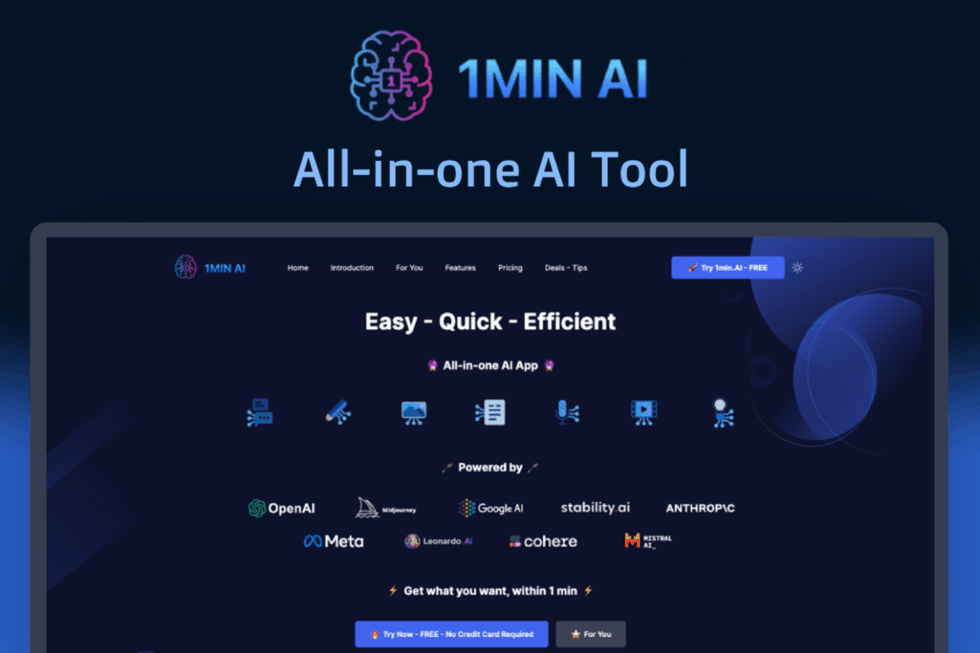Now Reading: 10 Landmark Moments That Shaped Biology
-
01
10 Landmark Moments That Shaped Biology
10 Landmark Moments That Shaped Biology

Fast Summary
- Leonardo da Vinci’s Anatomy Illustrations: In the late 15th and early 16th centuries, Leonardo produced over 240 detailed anatomical drawings that were largely unpublished untill the 1900s. His work demonstrated insights far ahead of his time.
- The Compound Microscope: Invented around 1590 by Hans and Zacharias Janssen, later refined by figures like Hooke and van Leeuwenhoek, this tool opened up microbial worlds previously unseen.
- Discovery of Microorganisms: In the 17th century, Antonie van Leeuwenhoek described microorganisms such as bacteria and protozoa using handcrafted microscopes.
- Classification System by Carl Linnaeus: Introduced in his system Systema Naturae (1735), linnaeus organized organisms using binomial nomenclature, foundational to modern taxonomy.
- Cell Theory Development: Originating from observations of Hooke (1665) to development by Schleiden, Schwann, and Virchow (~1838-55), it established cells as life’s basic unit arising from preexisting cells.
- Darwin’s Evolution Theory: Proposed in On the Origin of Species (1859),Darwin explained species changes via natural selection backed by ecological evidence.
- Mendel’s Laws of Genetics: Gregor Mendel observed predictable genetic inheritance in pea plants during mid-19th century experiments; his findings became crucial for genetics after rediscovery in 1900.
- Antibiotic Discovery – Penicillin: Alexander Fleming identified penicillin’s antibacterial properties in mold (1928). Further development saved lives through its mass production during WWII onwards.
- DNA structure – Double Helix Model: james Watson and Francis crick unraveled DNA’s structure in 1953 with key contributions from rosalind Franklin. It transformed molecular biology research on genetic replication practices worldwide.
- Human Genome Project Completion (1990-2003) mapped human DNA sequences offering insights into genetics-based treatments for diseases like cancer.
Indian Opinion Analysis
Biology’s advancements-spanning anatomy illustrations to genome sequencing-underline humanity’s drive toward understanding life itself. While not specifically centered on India, these milestones have global relevance with considerable implications locally. Tools such as microscopes revolutionized modern medicine globally before being implemented across indian clinics; similarly HGP-driven personalized medicine holds potential transformative roles within indian healthcare.
India has opportunities utilizing early discoveries mirrored against local biodiversity studies alongside focused bioinformatics exploiting expanded indigenous databases! Domestic medical adaptability fuels academic research ecosystem partnerships too..

























